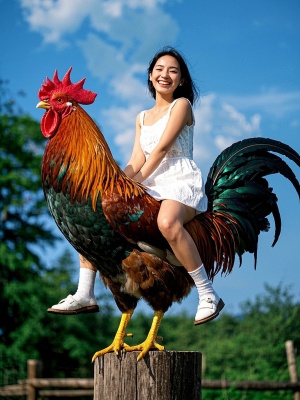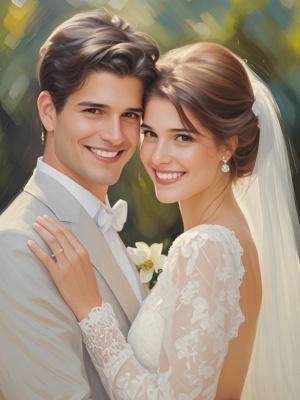The Expressive World of Abstract Art Oil Painting
Introduction: The Allure of Abstract Oil Painting
Abstract art oil painting represents one of the most liberating and expressive forms of artistic creation. Unlike representational art that seeks to depict reality, abstract oil painting focuses on shapes, colors, and textures to convey emotions and ideas. This art form has captivated audiences and artists alike since the early 20th century, offering endless possibilities for creative expression.
For those interested in exploring this fascinating medium, our gallery features stunning examples of abstract oil paintings that demonstrate the power of this artistic approach.
The Evolution of Abstract Oil Painting
From Early Pioneers to Contemporary Artists
The history of abstract art oil painting dates back to pioneers like Wassily Kandinsky and Kazimir Malevich, who broke away from traditional representation in the early 1900s. These artists believed that art should communicate directly with the soul through color and form rather than depicting recognizable objects.
Key milestones in abstract oil painting development include:
- The birth of pure abstraction (1910-1915)
- Abstract Expressionism movement (1940s-1950s)
- Color Field painting (1950s-1960s)
- Contemporary digital abstract approaches
Essential Techniques in Abstract Oil Painting
Mastering the Medium
Creating compelling abstract oil paintings requires understanding various techniques that manipulate the unique properties of oil paints. These include:
- Impasto: Thick application of paint for textured surfaces
- Glazing: Applying thin, transparent layers for depth
- Wet-on-wet: Blending colors directly on the canvas
- Sgraffito: Scratching through layers to reveal colors beneath
For those interested in modern approaches, our AI Painting Guide explores how technology intersects with traditional techniques.
Common Challenges and Solutions
Problem-Solving for Abstract Artists
Abstract oil painters often face specific challenges that require creative solutions:

| Challenge | Solution |
|---|---|
| Overworking the painting | Set time limits and know when to stop |
| Lack of composition | Use thumbnail sketches to plan structure |
| Muddy colors | Limit palette and understand color theory |
| Creative blocks | Experiment with new tools and techniques |

The Emotional Impact of Abstract Oil Paintings
Connecting With Viewers
Abstract oil paintings have a unique ability to evoke emotional responses without literal representation. Research from Tate Modern shows that viewers often form personal, subjective connections with abstract works, projecting their own experiences and emotions onto the canvas.
Key elements that contribute to emotional impact:
- Color psychology and associations
- Dynamic versus static compositions
- Scale and proportion relationships
- Texture and surface quality
Conclusion: The Enduring Appeal of Abstract Oil Painting
Abstract art oil painting continues to thrive as a vital form of artistic expression in the 21st century. Its ability to communicate beyond words and representational forms makes it uniquely powerful in our visual culture. Whether created traditionally or through modern digital tools like those featured in our AI image transformation services, abstract oil painting remains a dynamic medium for personal and collective expression.

For artists and collectors alike, abstract oil paintings offer endless possibilities for exploration and connection. As noted by the Museum of Modern Art, abstract art continues to push boundaries and challenge perceptions in exciting new ways.